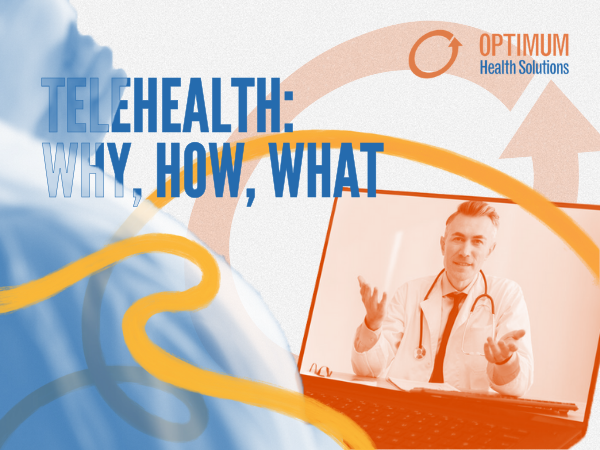Cerebral Palsy (CP) is the most common motor and movement disability in children. 1 in 345 individuals are diagnosed with this condition, more commonly in boys. There are 34,000 people with CP living in Australia. Each child may be affected differently even though the symptoms are relatable. A common misconception is that CP is just the one condition, when in fact; it is a group of neurological disorders and disabilities
How Cerebral Palsy affects individuals:
- Atrophied muscles.
- Limited range of motion.
- Loss of joint function.
- Muscle spasticity.
- Muscles and joint pain.
- Joint inflammation.
- Rigid muscles.
What is Cerebral Palsy?:
CP is a physical disability characterised as a movement disorder in which the individuals’ movement can be severely affected. This condition is permanent, however, does not generally worsen with time.CP is usually the result of damage to the brain during pregnancy or after birth while still developing, however, the exact cause of CP is difficult to determine due to the many different ways this can occur. This can include but is not limited to:
- Genetic conditions.
- Occurrences during delivery such as damage to the skull or complications during premature delivery.
- Lack of blood flow or oxygen during birth and development.
- Disrupted brain development in the womb.
- Maternal infections or conditions.
- Ingestions of drugs/toxins during pregnancy.
Cerebral Palsy Risk Factors:
- Prematurity <37 weeks (the largest risk factor).
- Low birthweight - 42% of children with Cerebral Palsy have low birthweight.
- Issues with blood clotting.
- Dysfunctional Placenta resulting in reduced oxygen and nutrients to the developing foetus.
- Rhesus (RH) or A-B-O blood type incompatibility between mother and baby.
- Bacterial infection attack to the infant’s central nervous system (CNS) - Infection either of the mother, foetus or baby.
- Loss of oxygen during pregnancy or birth, or severe jaundice shortly after birth.
- Males are at greater risk in comparison to females.
Symptoms of Cerebral Palsy:
In babies:
- Low muscle tone.
- Inability to support the head in a rested position.
- Muscle spasms.
- Stiffness.
- Poor muscular control, reflexes, and posture.
- Delayed development.
- Difficulty during feeding or swallowing.
- Preference for the use of one side of the body.
- Inability to support the head in a rested position, although dependent on the level of severity.
- Not speaking simples sentences by 24 months.
Types of Cerebral Palsy:
There are three main types of Cerebral Palsy classified based on the individual is affected including:
- Quadriplegic (or tetraplegic): Both sides of the body are affected eg. All four limbs. In addition, the muscles responsible for controlling the face, mouth, and trunk can also be affected.
- Diplegic: This affects both sides of the body like a quadriplegic, however, both legs are affected, and the arms may be affected but a lesser extent.
- Hemiplegic: One side of the body is affected, e.g. one arm or leg.
From there, Cerebral Palsy can be classified base on severity:
- Spastic Cerebral Palsy – Most common with 70-80% of children presenting with this type, resulting in muscle tightness and stiffness due to damaged motor cortex.
- Dyskinetic – 6% of people with Cerebral Palsy have trouble with uncontrolled movements because of a damaged Basal Ganglia.
- Ataxic – 6% of people with Cerebral Palsy live with shaky movements, poor balance and awareness of where they are in space due to a damaged cerebellum.
- Mixed – A combination of the above-mentioned classifications of Cerebral Palsy.
How exercise can help Cerebral Palsy:
Due to the effects of CP, the individuals’ functional strength, and independence to perform certain activities are impacted, which often leads to sedentary behaviour and reduced activity participation out in the community. Exercise can be used as a means to increase an individual’s capacity and ability to perform activities.
By performing a combination of resistance and aerobic exercise as well as other goal-oriented exercises, individuals can experience the following:
- Increased strength.
- Range of motion.
- Build muscle tone.
- Posture.
- Balance.
- Reduced pain.
- Aerobic capacity.
- Gait and speed.
- Coordination of voluntary movements.
This helps increase physical independence it also reduces the risk of cardiovascular and metabolic disease. Not only does exercise help with physical independence, but also has many psychological benefits such as:
- Improved mood.
- Reduces anxiety.
- Reduces stress.
- Reduces depression.
- Improved sleep.
- Appetite.
- Improves memory.
If your child is not reaching the milestones mentioned above, you may need to contact your GP, paediatrician, and if they require guidance in order to become more physically independent, come see your Exercise Physiologist.
Article References
- 1. Cerebral Palsy Alliance - Cerebral Palsy (7/10/2020)
- 2. Cerebral Palsy Guidance - Cerebral Palsy (6/10/2020)
- 3. Cerebral Palsy Guidance. Cerebral palsy and exercise therapy (7/10/2020)
- 4. Das, S. P., & Ganesh, G. S. (2019). Evidence-based Approach to Physical Therapy in Cerebral Palsy. Indian journal of orthopaedics, 53(1), 20–34.








